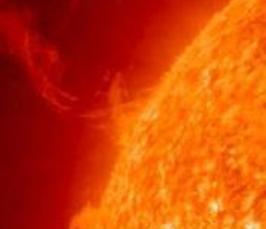To understand the links between the distribution of the prominence plasma, the configuration of its magnetic field and the observations of prominence/filament fine structures obtained in UV/EUV, optical and radio domains from various vantage points, we need complex 3D prominence models. We have developed two such models which combine 3D magnetic field configurations of an entire prominence with a detailed description of the prominence plasma distributed along hundreds of fine structures. The first 3D Whole-Prominence Fine Structure (WPFS) model, developed by Gunár & Mackay (2015), uses a magnetic field configuration obtained from non-linear force-free field simulations of Mackay & van Ballegooijen (2009). The second WPFS model was developed by Gunár, Dudík, Aulanier, Schmieder & Heinzel (2018). The model employs a magnetic field configuration of a polar crown prominence based on the linear force-free field modelling approach designed by Aulanier & Démoulin (1998) which allows us to calculate linear magneto-hydrostatic extrapolations from photospheric flux distributions. The prominence plasma in both models is located in magnetic dips that occur naturally in the predominantly horizontal prominence magnetic field. This plasma has a realistic distribution of the density and temperature, including the prominence-corona transition region. The models thus provide comprehensive information about the 3D distribution of the prominence plasma and magnetic field which can be consistently studied both as a prominence on the limb and as a filament on the disk. These models can be visualized for example in the H-alpha spectral line. Together with the models, we will present some of their capabilities which allow us to study the evolution of prominences/filaments or to analyze the true and apparent shapes and motions of the prominence fine structures.
[mehr]
